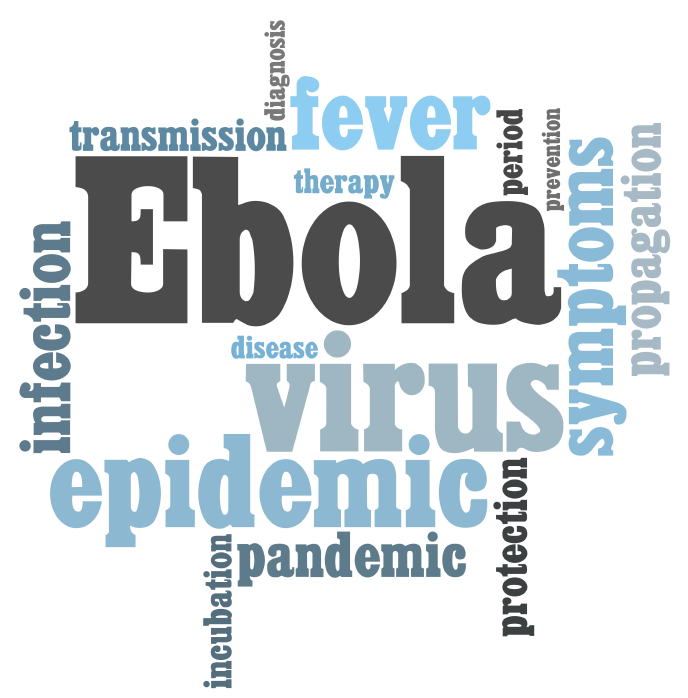While the Ebola threat seems to have been contained for the time being in the United States, it is still a problem in other parts of the world. In today’s Advisor, learn how training is helping fight this deadly disease.
 |
With the news that Sierra Leone’s vice president was put in quarantine this week after one of his body guards died of Ebola, it is still timely to point out how training is at the forefront of efforts to combat the Ebola outbreak in hard-hit West Africa. Training is also critical in protecting healthcare workers and others there and in the United States.
The World Health Organization (WHO) says the Ebola virus caused thousands of deaths in West Africa last year. Meanwhile, only two people died in the United States from the virus in 2014, according to the Centers for Disease Control and Prevention (CDC). In both of those cases, the virus was contracted overseas.
RMS, a catastrophe risk management firm, does not expect the Ebola outbreak to cause widespread deaths outside of West Africa. However, in the United States and abroad, healthcare officials and providers are taking the threat seriously—training healthcare workers how to recognize Ebola symptoms, provide treatment, and protect themselves and others from becoming infected. That includes screening procedures and appropriate personal protective equipment (PPE).
What is the most effective and cost-efficient way to provide safety training for your workforce? Try a demo of BLR’s remarkable TrainingToday® at no cost or obligation.
Kaiser Permanente is among the employers taking proactive steps to train employees on Ebola-related safety protocols. In November, thousands of healthcare workers from Kaiser Permanente and other healthcare organizations on the East and West Coasts attended (in person and via live telecast) an Ebola safety educational session in Los Angeles cohosted by the company, along with the Coalition for Kaiser Permanente Unions, Partnership for Quality Care, United Nurses Associations of California/Union of Health Care Professionals, Service Employees International Union—United Healthcare Workers West, Service Employees International Union Local 721, and Los Angeles County Department of Health. The focus was on how to safely handle patients infected with the virus.
“Treating patients with Ebola is a challenge, but we know from experience that we can care for these patients safely and effectively,” said Arjun Srinivasan, MD, associate director for CDC’s Healthcare-Associated Infection Prevention Programs and a presenter during the training session. “The best thing we can do is arm healthcare workers with the best information, tools, and training to make that happen.”
The session included demonstrations on the “donning and doffing” of PPE and the latest Ebola-related protocols and guidelines from the CDC. Among other things, Srinivasan recommended that healthcare workers be given plenty of practice putting on the necessary PPE and taking it off, so they can protect themselves from becoming contaminated during and after treating a patient with Ebola.
Other training advice from Srinivasan included having healthcare workers practice donning and doffing the PPE where they would be when dealing with a potential Ebola case, rather than in a conference room, and to practice performing certain tasks, such as putting in an IV or starting a new IV bag while wearing the PPE. He also recommended having a trained observer oversee how each participant dons and doffs the PPE to make sure each does so properly.
Here are some basic guidelines from the CDC to include in training for healthcare workers to minimize the risk of exposure from a patient with Ebola:
- Wear appropriate PPE;
- Practice proper infection control and sterilization measures;
- Isolate patients with Ebola from other patients;
- Avoid direct, unprotected contact with the bodies of people who have died from Ebola; and
- Notify health officials if you have had direct contact with the blood or bodily fluids of a person who is sick with Ebola.
Try a demo of BLR’s remarkable award-winning TrainingToday® at no cost or obligation. This includes the Workplace Safety Library. Get the details.
A video, “Prepared to Protect: Ebola Health Care Worker Safety Session,” and other videos can be viewed at pqc-usa.org. Additional training resources are available from the CDC (www.cdc.gov/Ebola), the WHO (www.who.int/csr/disease/ebola/en/), and at www.DisasterReady.org.
